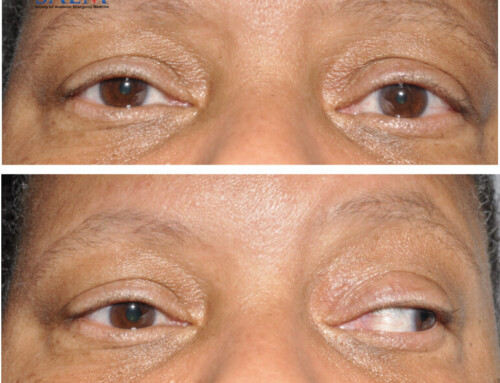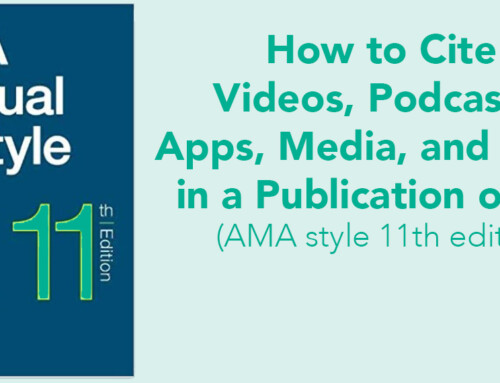Blood pressure control in the setting of ischemic stroke has a clearly recognized benefit in patient outcomes. The impact of blood pressure control in hemorrhagic stroke is not as well understood. The ACEP E-QUAL Network podcast, a partnership with ALiEM to promote clinical practice improvements, reviewed this topic with Dr. Latha Ganti (University of Central Florida College of Medicine). Dr. Ganti addressed the evidence behind recommended blood pressure targets and the available medications to achieve control. We present highlights from this discussion with Dr. Jason Woods.
What is the goal of blood pressure control in hemorrhagic stroke?
Management of blood pressure in intracranial hemorrhage (ICH) raises questions about the benefit of limiting hematoma expansion while maintaining cerebral perfusion. While it seems intuitive that hypertension should be controlled to limit hematoma expansion, patients with hemorrhagic stroke may be dependent on higher blood pressures for adequate perfusion.
Does lowering blood pressure lead to perihematomal ischemia?
ICH Adapt studies did not show evidence of decreased cerebral blood flow in perihematomal tissue and demonstrated that there is likely preservation of autoregulation which prevents ischemia [1].
Does lowering BP help prevent hematoma expansion and improve outcomes?
The risk of hematoma expansion is highest within the first couple of hours following initial bleeding. Hematoma expansion is clearly associated with worse outcomes. Scoring tools exist to estimate the risk of hematoma expansion. The “spot sign,” seen on source images from a computed tomography angiogram of the brain, suggests an area of dynamic bleeding.
- ICH ADAPT: no difference in hematoma expansion or clinical outcome with acute blood pressure lowering [2].
- INTERACT 2: intensive lowering of blood pressure did not result in a significant reduction in mortality or severe disability [3].
- ATACH 2: intensive lowering of blood pressure did not improve functional outcomes but was associated with increased renal dysfunction [4].
What is the optimal systolic blood pressure (SBP) target?
AHA Guidelines 2015
- ICH patients with SBP 150-220 mmHg, lower to 14 mmHg is safe
- ICH patients with SBP > 220 mmHg, aggressive reduction with continuous infusion may be reasonable
So what’s the right thing to do? If data suggests that lowering may not be as beneficial, what should the target blood pressure be?
- Target SBP 140-160 mmHg is a reasonable target
What medications are preferred for blood pressure control in ICH?
The ideal agent for blood pressure management in ICH would have a quick onset, but short duration, to allow titration.
Recommended first-line:
- Labetalol
- Onset < 5 min
- Duration of effect 2-4 hr
- IV bolus dose: 20 mg, followed by 20-80 mg every 10 min to a total dose of 300 mg.
- Infusion dose: 0.5 mg-2 mg/min
- Avoid in: asthma, COPD, heart failure, AV block
- Nicardipine
- Onset 1-2 min
- Half-life ~ 40 min
- Infusion dose: 0.5-1 mcg/kg/min, max 3 mcg/kg/min
- Clevidipine
- Onset 1-4 min
- Duration of effect 5-15 min
- Infusion dose: 1 mg/hr, up to 21 mg/hr, titrate by 2.5 mg/hr every 5-10 min
- Avoid in: severe aortic stenosis, and lipid metabolism dysfunction or known allergy to eggs or soy (delivered as lipid emulsion)
Available second-line (mostly off-label, not preferred)
- Esmolol
- Fenoldopam
- Hydralazine
- Enalaprilat
Conclusions
When it comes to blood pressure: keep it simple.
- Target SBP 140-160 mmHg
- Top three drugs: Labetalol, Nicardipine, Clevidipine
Although labetalol has common contraindications, it is available as a bolus dose. In a clinical setting where drips may not be readily available, Labetalol can be easier to get.
Interested in more ACEP-EQUAL podcasts?
Listen to the other ACEP E-QUAL podcasts on our Soundcloud account.
References
- Butcher K, Jeerakathil T, Emery D, et al. The Intracerebral Haemorrhage Acutely Decreasing Arterial Pressure Trial: ICH ADAPT. Int J Stroke. 2010;5(3):227-233. PMID: 20536619
- Butcher KS, Jeerakathil T, Hill M, et al. The Intracerebral Hemorrhage Acutely Decreasing Arterial Pressure Trial. Stroke. 2013;44(3):620-626. PMID: 23391776
- Anderson CS, Heeley E, Huang Y, et al. Rapid blood-pressure lowering in patients with acute intracerebral hemorrhage. N Engl J Med. 2013;368(25):2355-2365. PMID: 23713578
- Qureshi AI, Palesch YY, Barsan WG, et al. Intensive Blood-Pressure Lowering in Patients with Acute Cerebral Hemorrhage. N Engl J Med. 2016;375(11):1033-1043. PMID: 27276234





